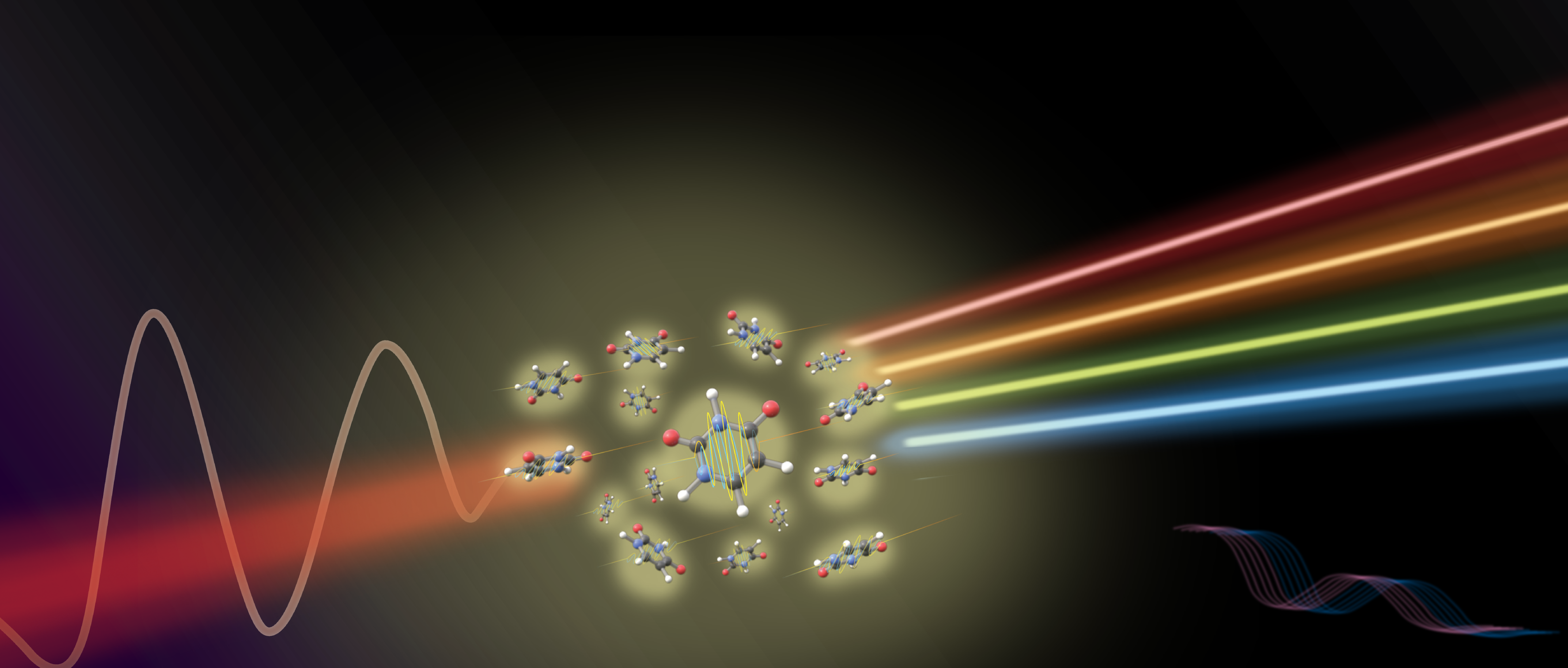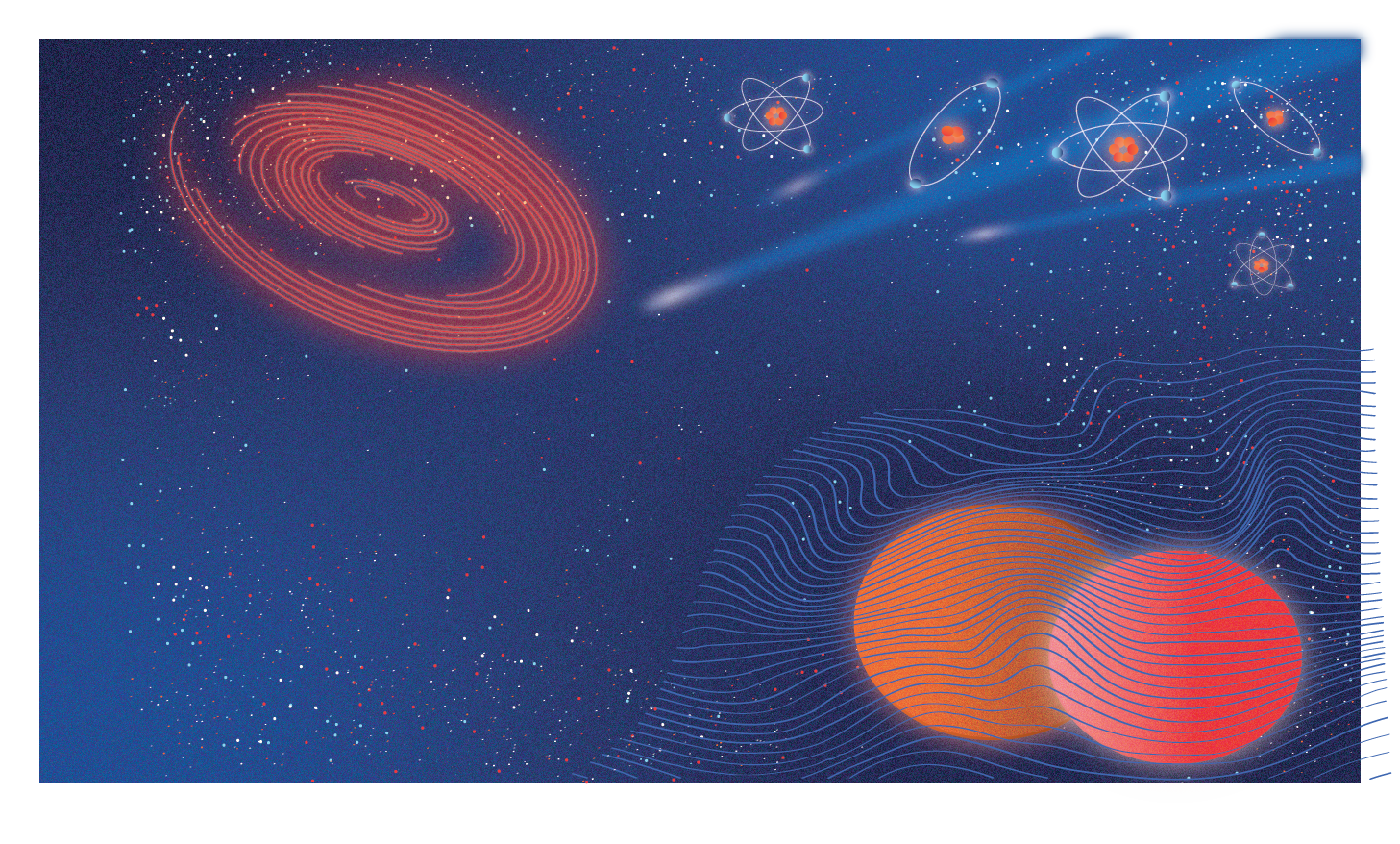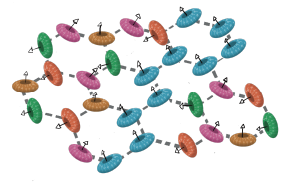
Ever since humans have looked to the stars, we have striven to understand the universe and our place within it. The field of astrometry, a branch of astronomy that involves measuring the positions and movements of stars, can be dated back to 190 BCE and is still an active field of research today. Across this large time span, however, the instruments that have been used to map the sky have changed significantly.
 Astrolabes have been in use for over 2,000 years. This one, dating from 1067, was manufactured in the Iberian Peninsula, then called Al-Andalus. Credit: Luis Garcia
Astrolabes have been in use for over 2,000 years. This one, dating from 1067, was manufactured in the Iberian Peninsula, then called Al-Andalus. Credit: Luis Garcia
When UC Berkeley Visiting Professor Koenraad Van Cleempoel first came across an astrolabe, one of the most widely used scientific tools of the Renaissance, he was fascinated by the strange object. “I was so intrigued and impressed by the sheer beauty of it, of the different scales and engravings, and then the star names. It seemed to embody a kind of knowledge—a kind of knowledge particular to this brass instrument.” He was so captivated that he spent his PhD researching astrolabes and other scientific instruments used in antiquity. He now studies the representation of such instruments in paintings.
An astrolabe is a two-dimensional depiction of the universe and is similar in appearance to a pocket watch. It is made up of two parts: a base that is a representation of Earth and, on top, a representation of the celestial sphere, complete with the stars, Sun, and planets. The top piece is joined to the bottom by a central pin around which it can rotate, allowing one to simulate the rising and setting of the stars and Sun over the horizon. It served many purposes—primarily to astronomers and mathematicians—like accurately measuring the position of the stars at certain dates, measuring time, and navigating around the globe. The instrument quickly became obsolete, however, with the invention of the telescope by Galileo at the end of the 16th century. The suddenness of the astrolabe’s demise led some experts to describe them as “the dinosaurs of scientific instruments.” It became more of a collectable object “like a stuffed crocodile or ostrich egg shell without any real scientific value,” Van Cleempoel explains.
Today, measuring the position of the stars is a project that astronomers are still working on, albeit with a completely different set of instruments. The advent of photography and spectroscopy, a technique that measures light that is absorbed, emitted, or scattered by materials, has revolutionized the practice of astrometry. These techniques have enabled astronomers to scrutinize the chemical composition of previously inaccessible stars and chart more precise maps of greater portions of the sky than has previously been possible. Ryan Trainor, a postdoc in the astronomy department at UC Berkeley, cites the Gaia satellite as a particularly exciting project, which is currently detecting and measuring the motion of roughly one billion stars in order to produce the largest, most precise three dimensional map of our galaxy. Part of the challenge of collecting data with such powerful instruments is dealing with the sheer amount of information that is collected—even after being compressed by software, the data produced during the five-year mission will eventually fill over 1.5 million CD-ROMS, with one petabyte (1 million gigabytes) of information.
It was the scope and power of modern astronomical instruments that first drew Carina Cheng, graduate student in the UC Berkeley astronomy department, to the field: “I find it amazing that we can actually study things that are so far away at such high precision. In astronomy we’re studying things that we can’t grab and touch, but with a telescope we can get so much information about what’s going on, and I think that’s pretty cool.” Her research involves building radio telescopes, which are made up of multiple dishes that can be up to 50 meters wide, to collect the maximal possible amount of radiation emitted by distant objects such as stars and galaxies. Not only do such powerful instruments reveal the existence, location, and structure of previously invisible galaxies, but they also allow us to ask more detailed questions concerning the origin and evolution of the universe itself.
Despite the very different nature, accuracy, and power of astronomical tools past and present, Van Cleempoel suggests that it is possible to relate the imagination and curiosity driving the research of contemporary astronomers back to the questions asked by astronomers of antiquity. He describes being humbled by the realization that people up to 400 years ago “were dealing with similar questions about what is going on and what our relationship is to the movement of the stars.” This, he states, is why studying the history of the discipline is so important: “As we continue to explore deeper and deeper, the fundamental questions are very much the same.”
Leela Velautham is a graduate student in the E.M.S.T. program (Education in Math, Science and Technology), studying climate change communication.
This article is part of the Spring 2017 issue.





